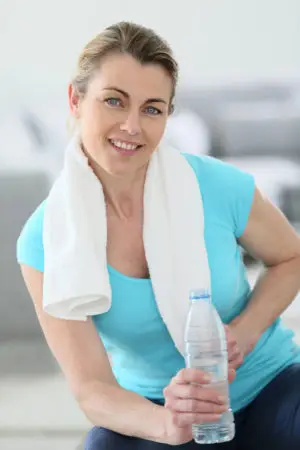It’s time to review the remaining items on our list of Top 5 Things You Need to Know if You Have Scoli, which we began covering a few weeks ago. Today, we’ll specifically address exercise and scoli – detailing ribcage rotation, correct pad placement and the frequency of your exercise routine.
But before we jump ahead, here’s a quick reminder of the Top 5 things you need to know about yourself if you have scoli:
1-Your Cobb Angle or degree of curvature
2-Your degree of ribcage rotation
3-Which exercises decrease your ribcage rotation and Cobb Angle
4-Correct pad placement during exercise
5-How often you need to exercise to make your mind and body happy
Each of these items is critical in understanding how your spiral spine works and how to best support and strengthen it.
We covered the first two on the list in our previous post, now let’s take a look at the remaining three items:
3-Knowing which exercises decrease your ribcage rotation and Cobb Angle:
Oftentimes people with scoli get discouraged because they can’t figure out what to do to help their scoliosis get better, and they can’t find someone they trust to help them. In turn, they stop doing everything and become inactive. This is not the answer!
You don’t have to have a PhD in order to figure out which movements help (or hurt) your spiral spine. It’s easy!
Here’s how:
-Start by having someone measure your ribcage rotation with your scoliometer before you exercise and write it down here.
-Now, choose a type of exercise, and do it!
-Have someone measure your ribcage rotation after you’ve finished exercising and write that number down.
-Compare the two numbers. If the second number measures lower than the first, you’ll know that particular exercise helped your scoli. If the second number increased in value from the first, this means that exercise increased your ribcage rotation and isn’t good for you.
Now remember, your ribcage rotation is not the same thing as your Cobb Angle, but the two are definitely correlated as their degrees of measurement absolutely affect each other. So if you’ve found a series of exercises or a type of exercise that decreases your ribcage rotation (as evidenced by your scoliometer reading), you’ll most likely be decreasing your Cobb Angle as well.
If you’re ready to get serious about tracking your scoli, check out My Scoli Journal, which is available now on Amazon.
4-Knowing where to correctly place pads during exercise, according to your specific scoli:
Now that you’ve got a solid understanding of your curves, you’ll be able to determine where to place your pads when you exercise. Proper pad placement will help you support and strengthen your back, rather than aggravate your specific scoli while you exercise. Watch this Starting Point series video to find out where to place your pads. This video series will also teach you how to diagram your scoli, which is valuable in determining pad placement.
5-Knowing how often you need to exercise:
Many people are looking for a miracle exercise done a few minutes, once a week, to make their scoli better. Unfortunately, it just doesn’t work like that. Let’s take my body as an example. I can go two to three days without moving before I start feeling my ribcage tightening up. There are so many different ways I can move and exercise to free up my spiral spine, I just have to choose one of those ways, according to how much free time I have.
My schedule is so crazy that I usually teach myself on my equipment or workout with a video at home. When I get to take a class taught by someone else, it’s a real treat for me because I don’t get to do it often. I know many people with scoli are the same way. This is the reason I made Hard Core Scoli, a 40-minute workout video for people with scoliosis to do at home, using props they already have around the house. If you haven’t found a trusted trainer in your town or want an additional option for working your scoli out, check out Hard Core Scoli; it’s available via DVD and soon to be available via digital download.
Taking the time to understand the intricacies of exercise and your own scoli is the key to learning how to live a full and pain-free life. It’s an ever-evolving journey that you have the power to guide and shape. Learn as much as you can and be an advocate for yourself and your spiral spine!
